
Since moving to an apartment where I actually have living space, I'm becoming slightly obsessed with plants and indoor gardening. I think greenery definitely gives a soul to a room and living amongst plants improves my mood on the regular. I'm no pro gardener though, so I'm always researching more and more about caring for my babies and making them grow.
I've been looking for eco friendly ways to maintain my indoor oasis and trying to keep things as zero waste as I can. Now that I've done a good bit of research, I figured I'd share my favourite tips to encourage other plant lovers out there to switch to a more sustainable form of gardening! So let's get going shall we?
BASICS : KEEP OLD PLASTIC CONTAINERS TO REUSE WHEN REPLANTING
Where I live it's pretty much impossible to get plants that don't come into plastic containers, so as my plant family grows, I've been keeping old pots and reusing them as I need to replant more and more plants when they grow. I do the same with my plant pots and it's also nice to mix things up once in a while! When I remove a plant from a plastic container, I always make sure to wash it afterwards so it's all fresh and clean for its new tenant. With time this minimizes the amount I have to buy, the waste, as well as the gardening bill at the end of the month.

BASICS : REMOVE DEAD LEAVES REGULARLY
This is important. Cutting off dead leaves from your plants helps them focus their energy on maintaining the healthy ones. You should always cut them with scissors and never pull them away from the plant though as it can create stress! It's also great to remove dead fallen leaves to prevent them from rotting in the pot, you can then properly compost them with your food scraps!
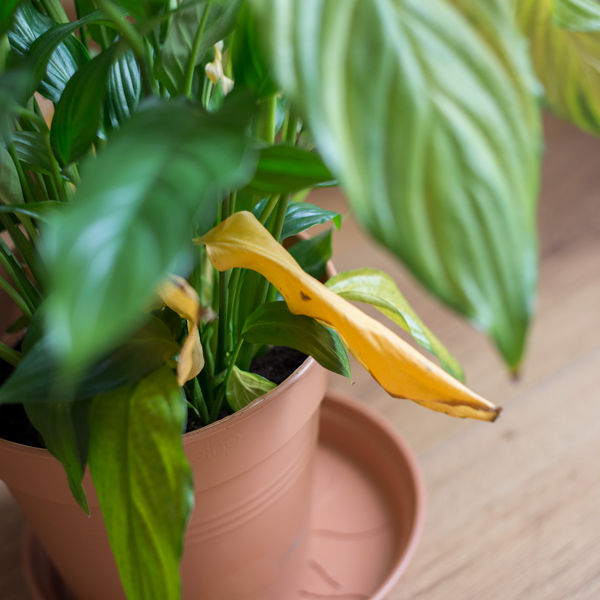
BUG CONTROL OPTION 1 : SOAP SPRAY
That's a very common trick, but it's so easy! It's also the one my mom told me to use when I started gardening so you know it's a good one. It's also super practical because soap is something most people would have handy around the house. All you have to do is mix 1 teaspoon of mild soap (I'm using Castile soap here) with 2 cups of water. I'm using a bottle I already had here, but some zero waste shops have liquid soap refills as well. I spray the mixture on my plants once a week. It's very effective to get rid of beetles, whiteflies, mites and aphids.
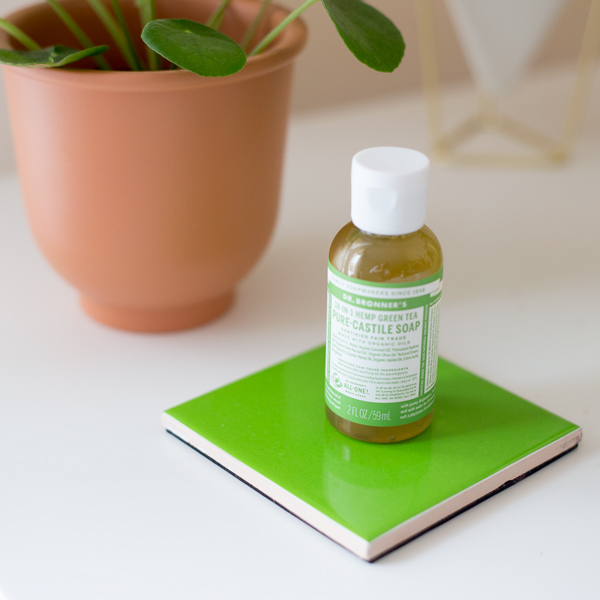
BUG CONTROL OPTION 2 : NEEM OIL
Ahhh neem oil. Two of my plants got a really bad infestation of mealy bugs, and this is when I discovered this very convenient oil. It's the superhero of natural remedies : it's biodegradable, non toxic to pets and effective against so many common insects. The basic mixture recipe is 2 teaspoons of neem oil, 1 teaspoon of mild liquid soap and 2 cups of water. Mix well and spray on the foliage (and don't forget to spray under the leaves as well). You can use it to treat infested plants or to prevent bugs from attacking it in the first place. If your plant is already infested, don't be afraid to spray enough to "soak" it, it won't harm your plant and will get rid of the bugs.
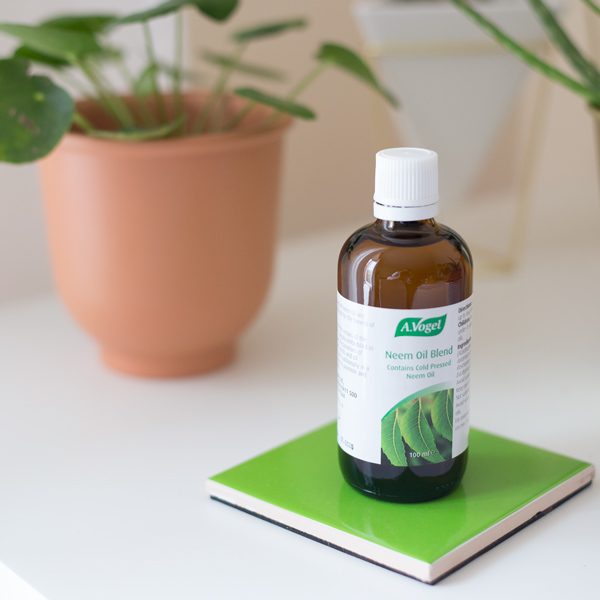
BUG CONTROL OPTION 3 : PEPPER SPRAY
If you don't have mild liquid soap or neem oil on hand though, I got you. My last option works with something most of us have in the kitchen : pepper flakes (or chilli flakes). Peppers have a compound in them called capsaicin that's an irritant to a lot of living things including mammals and insects. It's good to use to drive bugs away from your plants in the first place. What you want to do is basically chilli tea (Is that a thing?). You put 1/4 cup of pepper flakes in a cup of water on the stove and get it heating up. Once the pot start boiling, cut the heat and let it cool down. Strain away the flakes and you can spray the remaining liquid on your plants to protect them! One important warning though : this mixture should be sprayed at night, the combination of the pepper and the sun could harm the leaves of your plant otherwise. It's a good thing to do a test in a small area first.
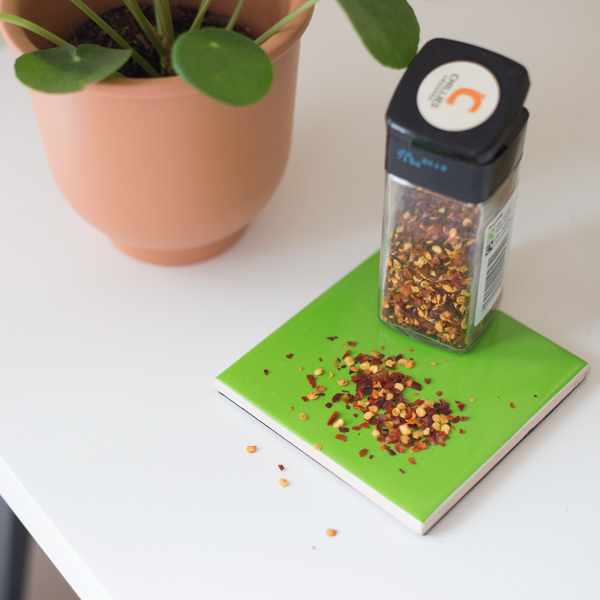
FERTILIZER OPTION 1 : BANANA TEA
I love this just for the name alone though. Bananas have very high levels of potassium, which can be super beneficial for plants as well as us. If you don't know what to do with your banana peels : Soak them in water for a week. Doing this is called banana tea. The water will absorb the nutrients from the peels and after you throw them away, the leftover water is a great fertilizer for house plants! If you're in a bit of a rush, you can put your banana peels in boiling water and let it simmer on low heat for about 2 hours. Once the water cools back down you can use it the same way as your banana tea! How many times can I say banana in a paragraph...
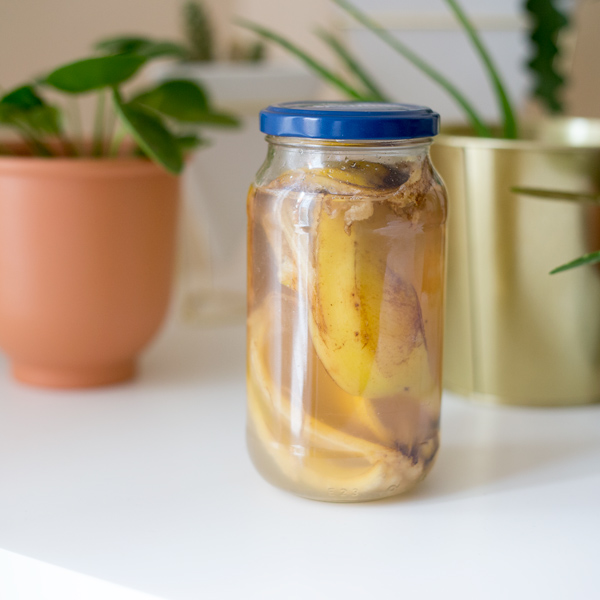
FERTILIZER OPTION 2 : TEA LEAVES
It's fair to say that my tea consumption has greatly increased since moving to Ireland, but I always feel like I'm wasting something when I throw away the tea bag or leaves I just used. One useful thing you can use your tea leftovers is to mix the leaves in with the soil for your plants. Tea is rich in nutrient and it will make that soil richer. Your plants will then be healthier and happier and you'll have a little bit less waste around!
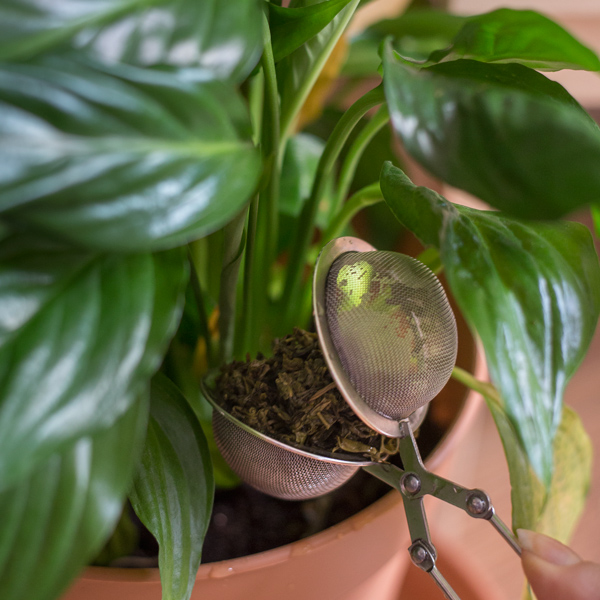
FERTILIZER OPTION 3 : EPSOM SALT
You know how mixing epsom salt in our bath water is good for us? Same goes for your plants. So if you want a quick and cheap way to give a little boost to your green babies, dilute a little epsom salt in the water you use to water them. Super easy, super cheap and you don't need to make big batches every time. What's not to love about this?
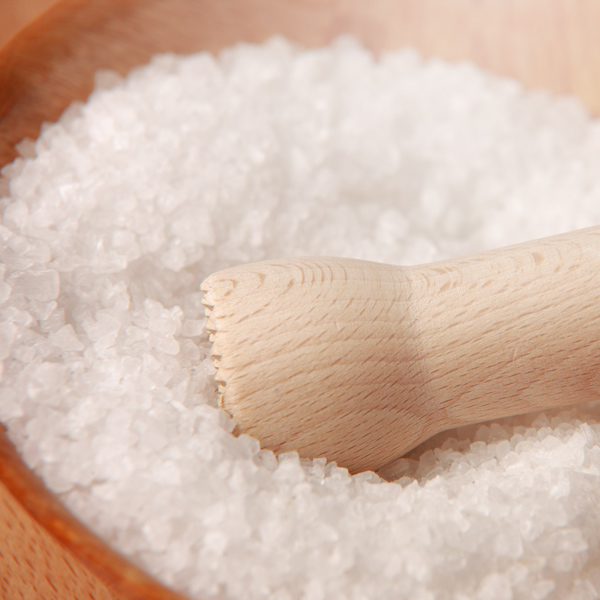
WATER OPTION 1 : COLLECT RAIN WATER
I'm a big advocate for drinking tap water, but the truth is that water is treated to make it drinkable for us, not for the plants. Some of the chemicals involved, while they might not be BAD, they're not good either. Collecting rain water if you have an outdoor area and live in a place where it rains a lot can be an easy way to get more "natural" water for your plants. It can also help to prevent the buildup of minerals in the soil and keep your plants healthier for longer.
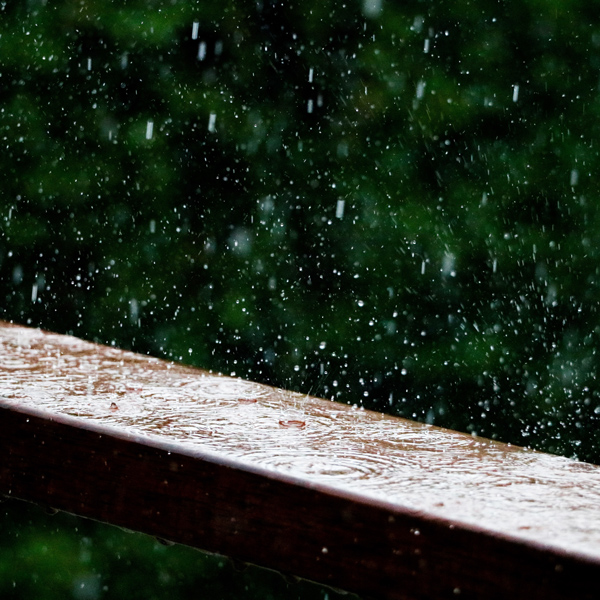
WATER OPTION 2 : REUSE COOKING WATER
Another great way to reuse water. When you boil vegetables, you should keep the water instead of throwing it away! Obviously you should let it cool before using it to water plants, but the water will soak in nutrients from the vegetables and become some king of supercharged water for you plants. It's a very easy way to keep them healthy and to reduce waste at the same time.
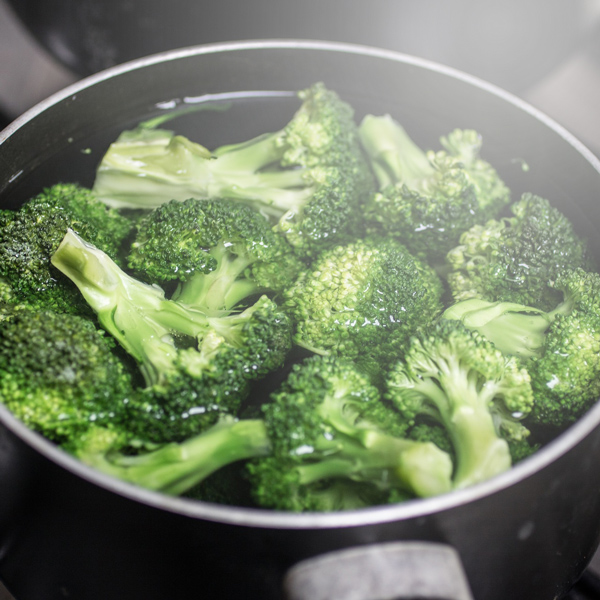
CLEANING TIP 1 - JUST USE A DAMP CLOTH
Things don't always need to be complicated. If your big-leaved plants are getting dusty, all you need to do to clean them is to wipe away the dust with a clean damp cloth. Dust can prevent plant from photosynthesizing which can prevent them from growing as well as they should be. Cleaning them regularly will ensure they are fresh, healthy and looking good!
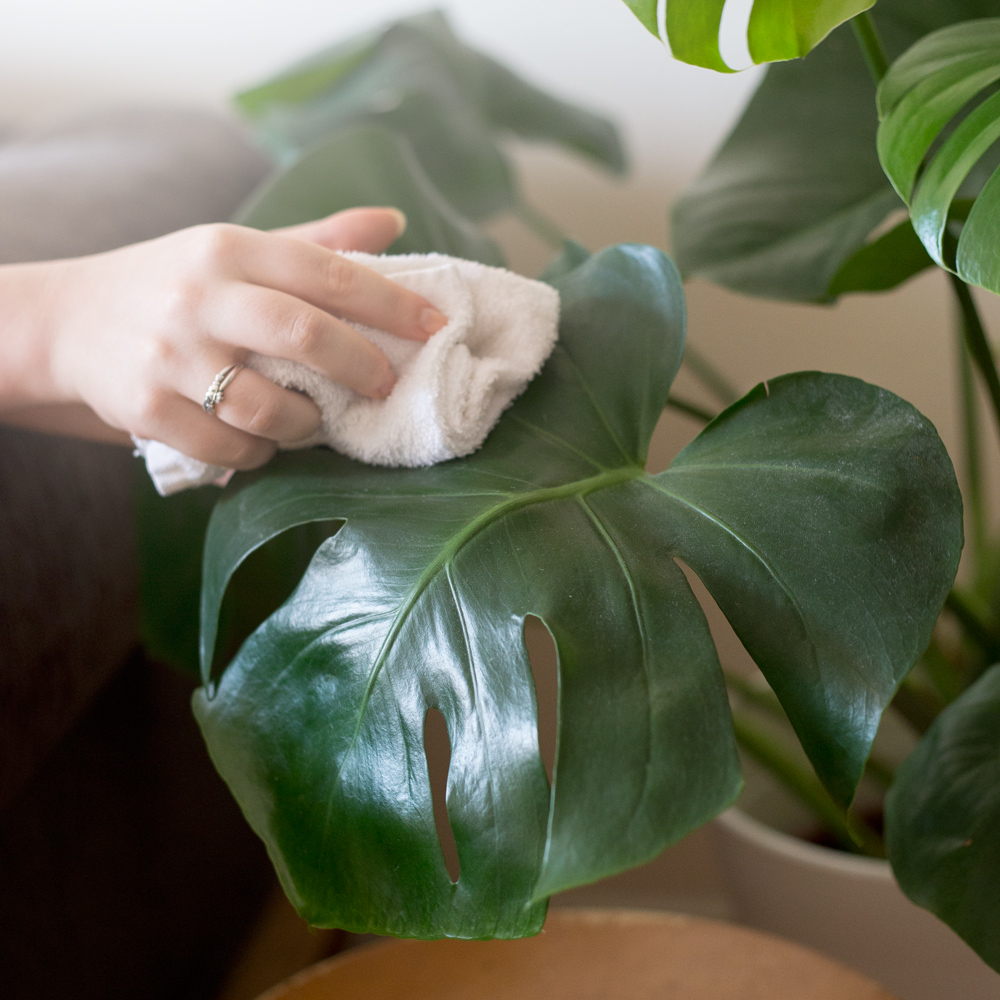
CLEANING TIP 2 : REUSE AN OLD MAKEUP BRUSH FOR FUZZY PLANTS & CACTI
The wet cloth tip is all good, but what should you do with the fuzzy or the spiky plants? I'd love to see someone try to wipe a cactus clean... Over the years I've accumulated quite a few makeup brushes, and some of them I just don't like. However, did you know that these can be quite useful as plant cleaners? Small soft brushes can help you get into the nooks and crannies of more special plants and give them the same refresh as you would give to your other plants.

CLEANING TIP 3 : MAKE LEAVES SHINY WITH MILD SOAP
For some plants though, the leaves look so great when they are clean and shiny! If you still want to be good to your plant and want it to shine a little, there's an eco friendly way to do that too! Remember that Soap Spray from a few tips ago? Using a mixture of a little mild soap in a cup of water, you can delicately rub the leaves of your plant to give them a nice and healthy shine. Make sure to support the leaf you're working on by placing a hand under it and always be gentle.
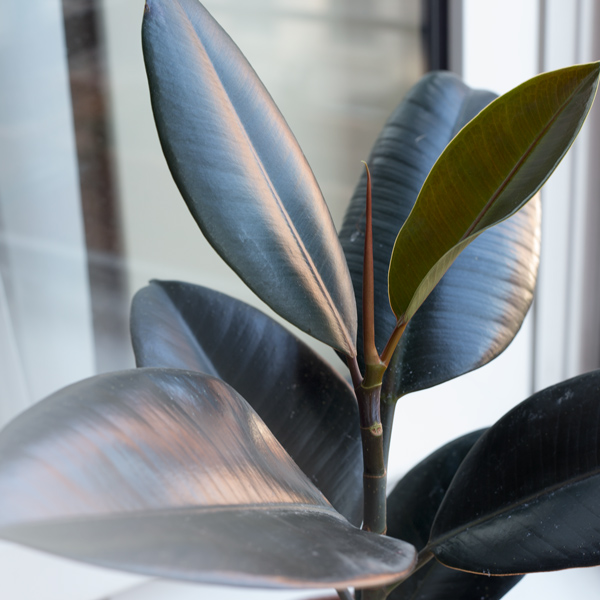
CLEANING TIP 4 : NEVER EVER USE OIL ON THE LEAVES
I've seen this tip floating around on a few websites, to rub a little oil on the leaves of you plant to make them shine. My last trick is to never ever do that. The oil, especially if it's rubbed in, will block the pores of you plant and prevent it from photosynthesizing! I know it might look good in the short term, but your plant will be the worst for it. So get that soap spray and use that instead!
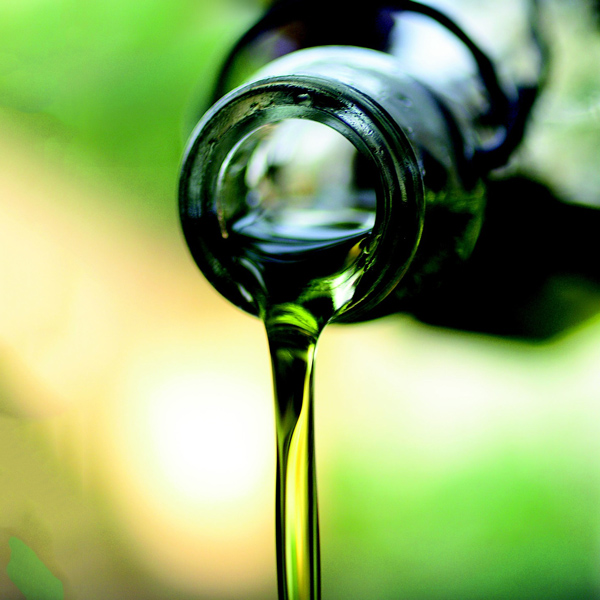

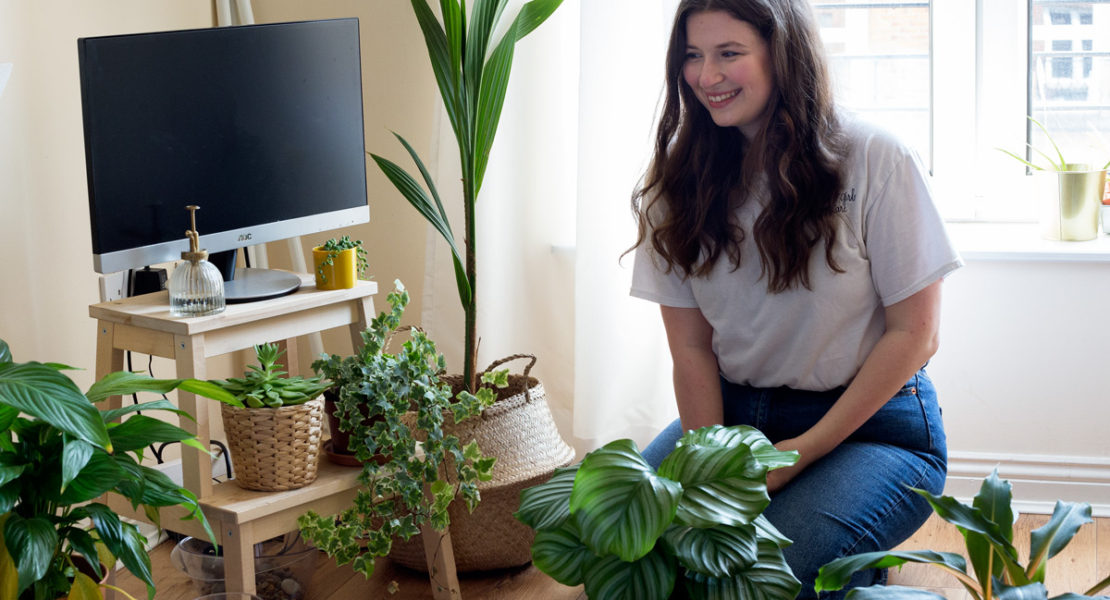

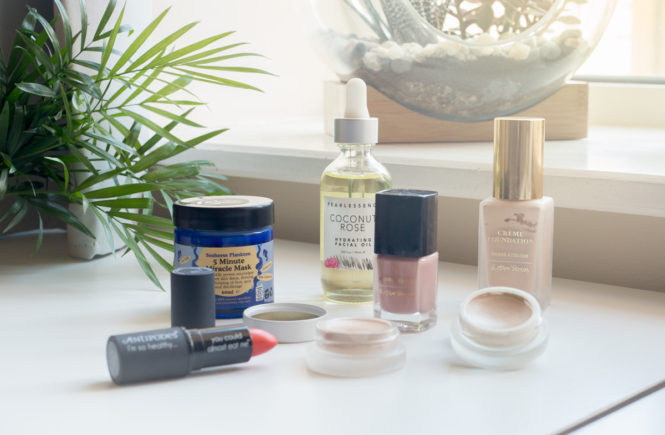
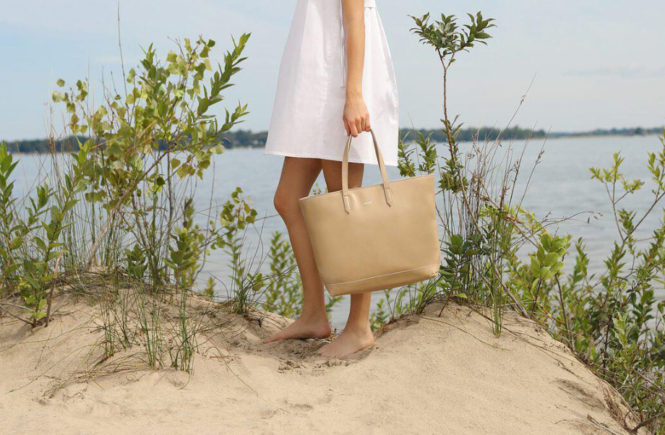
2 comments
Hey, love your blog! Have you got any ideas how to be zero waste and not have to use plastic pots??
well you could seek out sustainable garden centers, harvest plants that are growing outside already and bring them inside (depending on the type of plant), or try to grow more plants from cuttings (I’m not an expert on this, so you’d need to find proper instructions). As for being zero waste outside the realm of plants, invest in reusables!